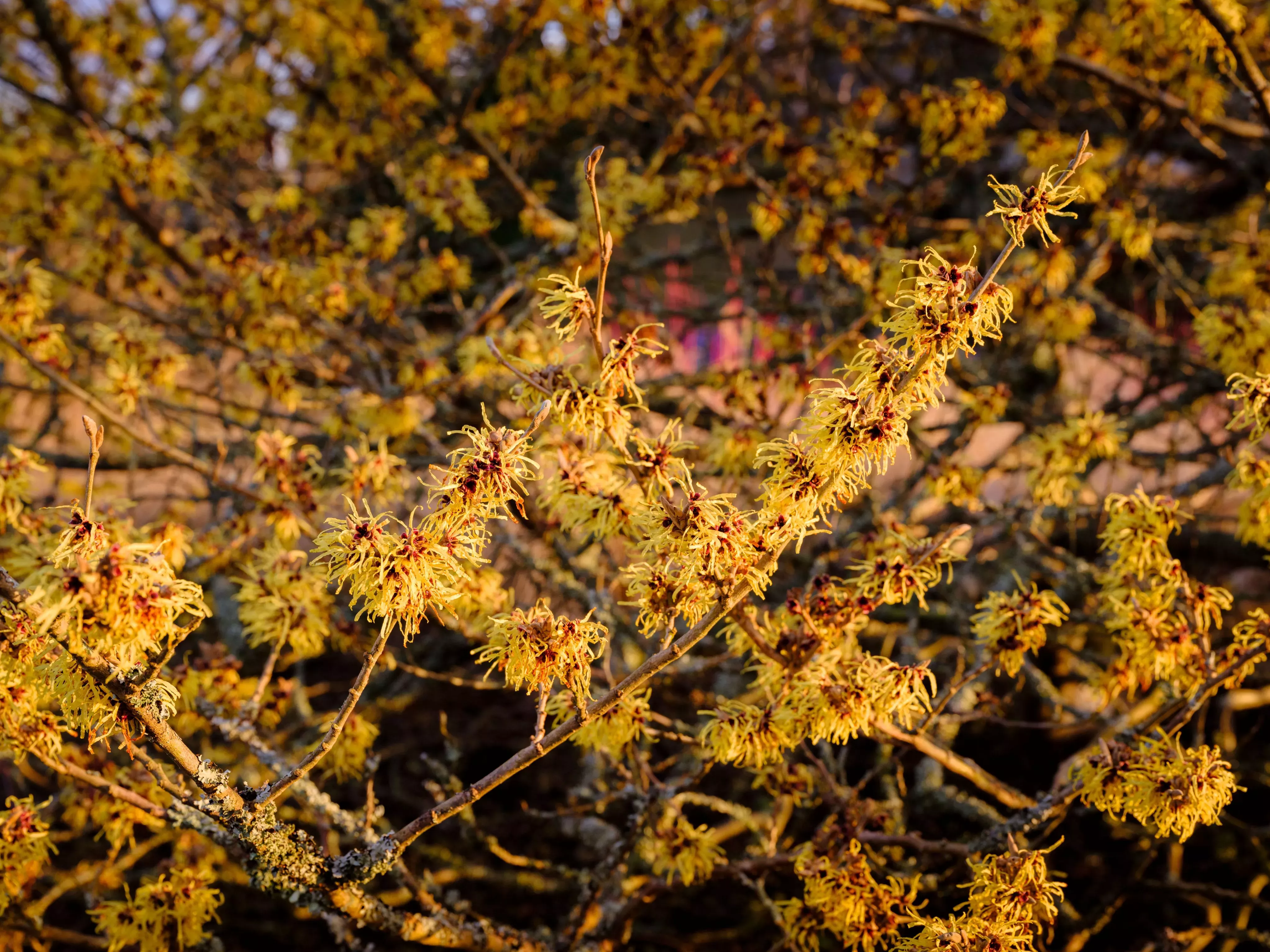KS2 Seed dispersal trail
Pupils go on a trail around the gardens to investigate the varied ways plants disperse their seeds.

Level
Duration
Allocated space
Recommended dates
Pupils discover the amazing world of plants at Wakehurst.
By using our diverse collection of plants, pupils identify and compare how different plants disperse their seeds. They develop a greater appreciation of seed dispersal and plant diversity.
Learning outcomes
We design our sessions to match the learning outcomes in the national curriculum. All our sessions have a cross-curricular approach and are tailored to suit the educational needs of your group. We aim to give pupils opportunities to work scientifically in areas that are difficult or impossible to create in the school environment.
This session offers pupils the opportunity to:
- Discover the variety of shapes, sizes and structures of seeds
- Consider why seeds need to be dispersed
- Identify seed dispersal mechanisms such as by water, by animals and by wind
- Use scientific language to describe the effectiveness of these mechanisms.
Curriculum links
This KS2 visit supports and enhances the science curriculum offered in schools.
Lower KS2
Year 3 - Plants
- Explore the part that flowers play in the life cycle of flowering plants, including pollination, seed formation and seed dispersal.
Year 4 – Living things and their habitats
- Recognise that living things can be grouped in a variety of ways.
Upper KS2
Year 5 – Living things and their habitat
- Describe the life process of reproduction in some plants and animals.
